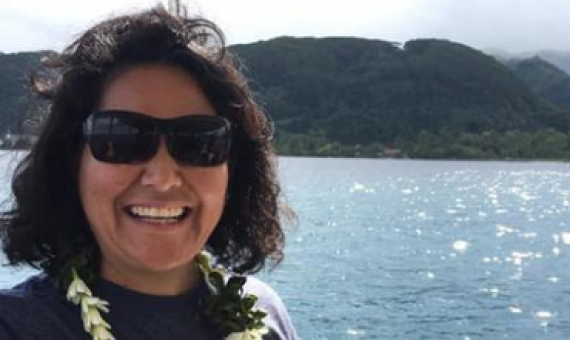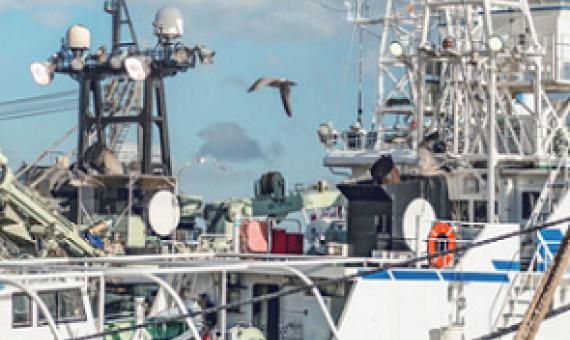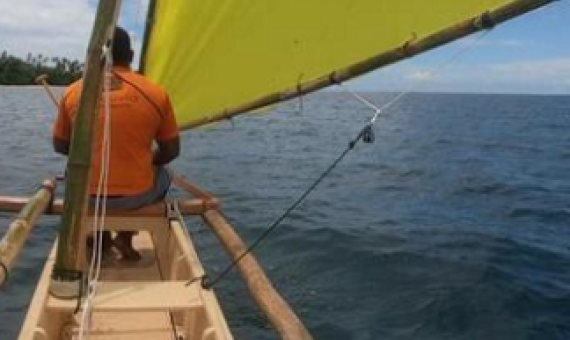A new study led by a University of Rhode Island doctoral student and published in the Journal of Applied Ecology has found a possible solution to one of the biggest conservation and livelihood challenges in the marine realm.
Traditional marine conservation practices in the Pacific could be key to more successful commercial practices.That's the view of a marine conservationist from Palau, who's one of a group of Pacific environmentalists who met in Tahiti last week to further plans for extended marine sanctuaries and
Palau's fisheries minister says the country is still figuring out the balance of fishing in its waters. Click on the link below to read the full article.
Prime Minister Jacinda Ardern has met with a group of teenagers calling for Marine Guardians in the Marlborough Sounds, who could essentially cut through the red tape of legislation. Ardern loved their passion but said it was complicated - exactly what the students want to change.
The Government of Bermuda commits to protect at least 20% of their total EEZ in Marine Protected Areas (MPAs) while vowing to develop their Blue Economy. Click on the link below to read the full article.
The 123 million people who live near the U.S.
A workshop attended by community leaders and fisheries experts last week poked holes in the idea that the Marae Moana Act, which prioritises conservation in the Cook Islands’ marine space, restricts the country’s earning potential. Click on the link below to read the full article.
One hundred canoes by Christmas...That's the aim of one of the Pacific's most ambitious traditional boat building projects. Click on the link below to read the full article.
New research finds that, to the contrary, large MPAs can confer benefits on migratory marine species — but only when they are carefully designed, strictly enforced, and integrated with sustainable fisheries management. Click on the link below to read the full article
FISHERIES – Effects of marine protected areas on local fisheries: evidence from empirical studies
Marine fisheries throughout the world are in serious decline due to overharvesting (National Research Council, 2001), and management for sustainable fisheries requires effective tactics for limiting exploitation rates. Limitations based on annual stock assessments and total allowable catches calculated from these assessments can be dangerous, and marine protected areas (MPAs) are one tool to limit exploitation rates directly even when total stock size is highly uncertain (Walters, 2000).















